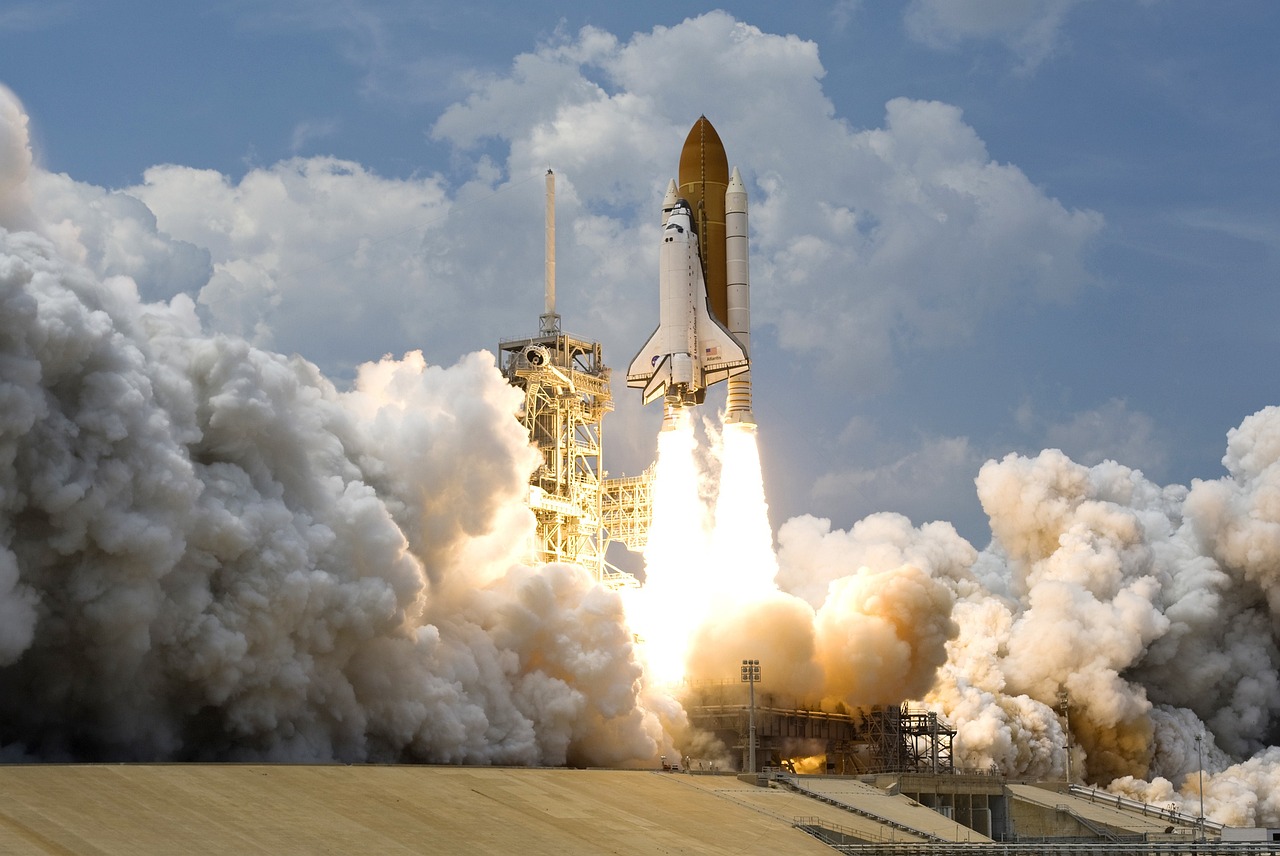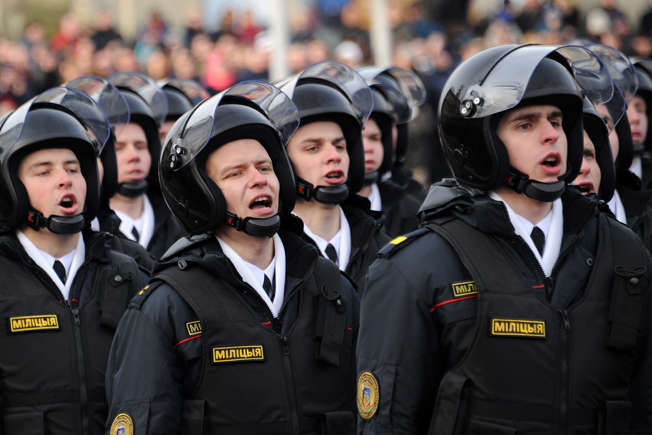After years of delays and a dizzying array of setbacks during test flights, Boeing’s Starliner spacecraft is finally set to make its inaugural crewed launch.
The mission is on track to take off from Florida as soon as May 6, carrying NASA astronauts Suni Williams and Butch Wilmore to the International Space Station, marking what could be a historic and long-awaited victory for the beleaguered Starliner program.
“Design and development is hard — particularly with a human space vehicle,” said Mark Nappi, vice president and Starliner program manager at Boeing, during a Thursday news briefing. “There’s a number of things that were surprises along the way that we had to overcome. … It certainly made the team very, very strong. I’m very proud of how they’ve overcome every single issue that we’ve encountered and gotten us to this point.”
Boeing and NASA officials made the decision Thursday to move forward with the launch attempt in less two weeks. However, Ken Bowersox, associate administrator for NASA’s Space Operations Mission Directorate, noted that May 6 is “not a magical date.”
A SpaceX Falcon 9 rocket with the company’s Dragon spacecraft on top is seen at sunset on the launch pad at Launch Complex 39A as preparations continue for the Crew-7 mission, Wednesday, Aug. 23, 2023, at NASA’s Kennedy Space Center in Florida. NASA’s SpaceX Crew-7 mission is the seventh crew rotation mission of the SpaceX Crew Dragon spacecraft and Falcon 9 rocket to the International Space Station as part of the agency’s Commercial Crew Program. NASA astronaut Jasmin Moghbeli, ESA (European Space Agency) astronaut Andreas Mogensen, Japan Aerospace Exploration Agency (JAXA) astronaut Satoshi Furukawa, and Roscosmos cosmonaut Konstantin Borisov are scheduled to launch at 3:50 a.m. EDT on Friday, August 25, from Launch Complex 39A at the Kennedy Space Center.
“We’ll launch when we’re ready,” he said.
If successful, the Starliner will join SpaceX’s Crew Dragon spacecraft in making routine trips to the space station, keeping the orbiting outpost fully staffed with astronauts from NASA and its partner space agencies.
Such a scenario — with both Crew Dragon and Starliner flying regularly — is one for which the US space agency has long waited.
“This is history in the making,” NASA Administrator Bill Nelson said of the upcoming Starliner mission during a March 22 news conference. “We’re now in the golden era of space exploration.”
SpaceX and Boeing developed their respective vehicles under NASA’s Commercial Crew Program, a partnership with private industry contractors. From the outset, the space agency aimed to have both companies operating at once. The Crew Dragon and Starliner spacecraft would each serve as a backup to the other, giving astronauts the option to keep flying, even if technical issues or other setbacks grounded one spacecraft.
NASA did not initially envision, however, that SpaceX’s Crew Dragon would operate on its own for nearly four years before Boeing’s Starliner reached its first crewed test flight.
In the earliest days of the program, which awarded SpaceX and Boeing contracts in 2014, NASA had favored Boeing — a close partner dating back to the mid-20th century — over SpaceX, which the federal agency saw as a relatively young and capricious upstart.



